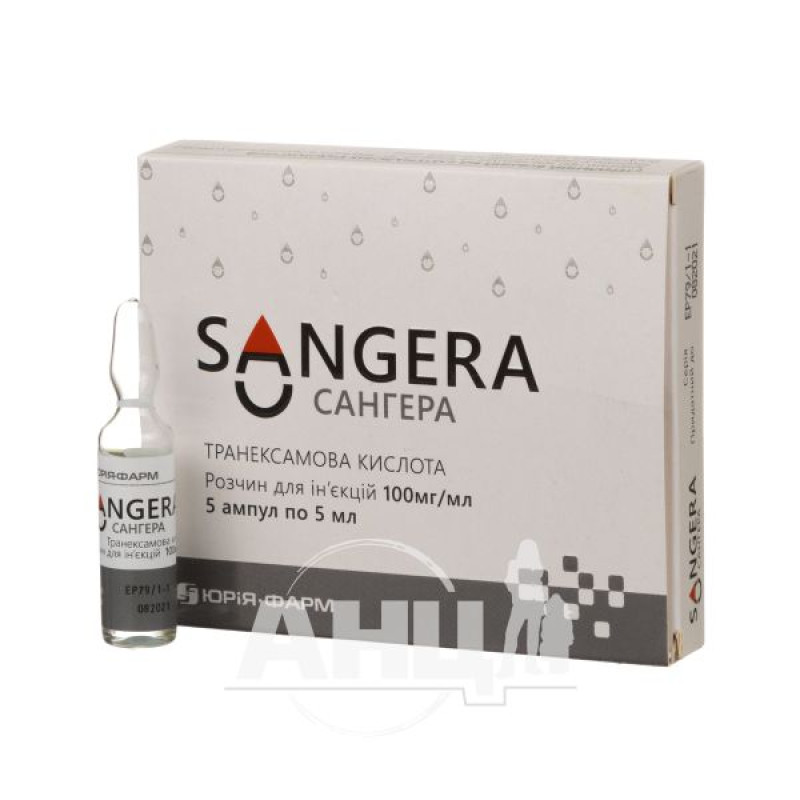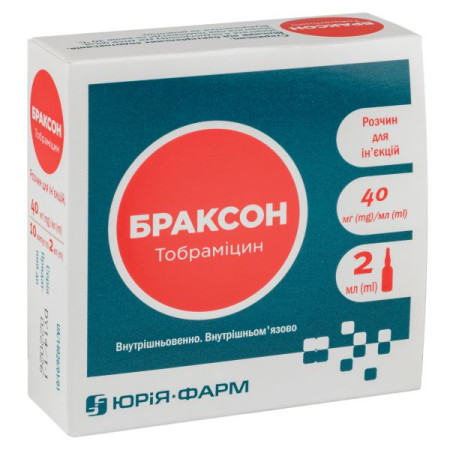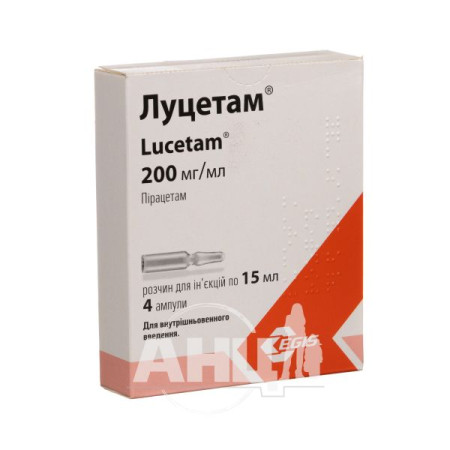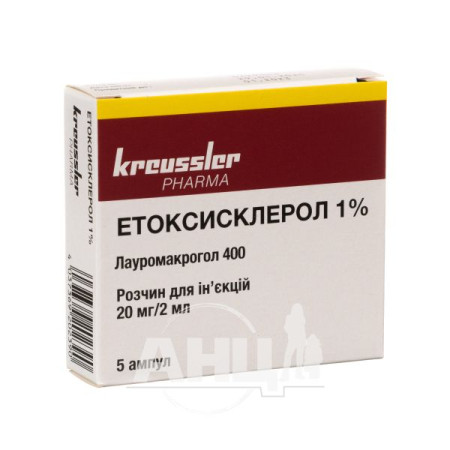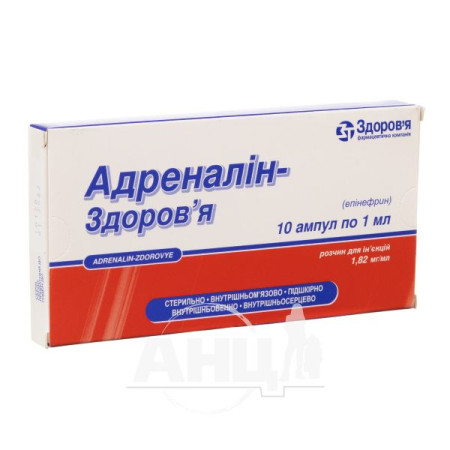Sangera solution for injection 100 mg/ml ampoule 10 ml No. 5
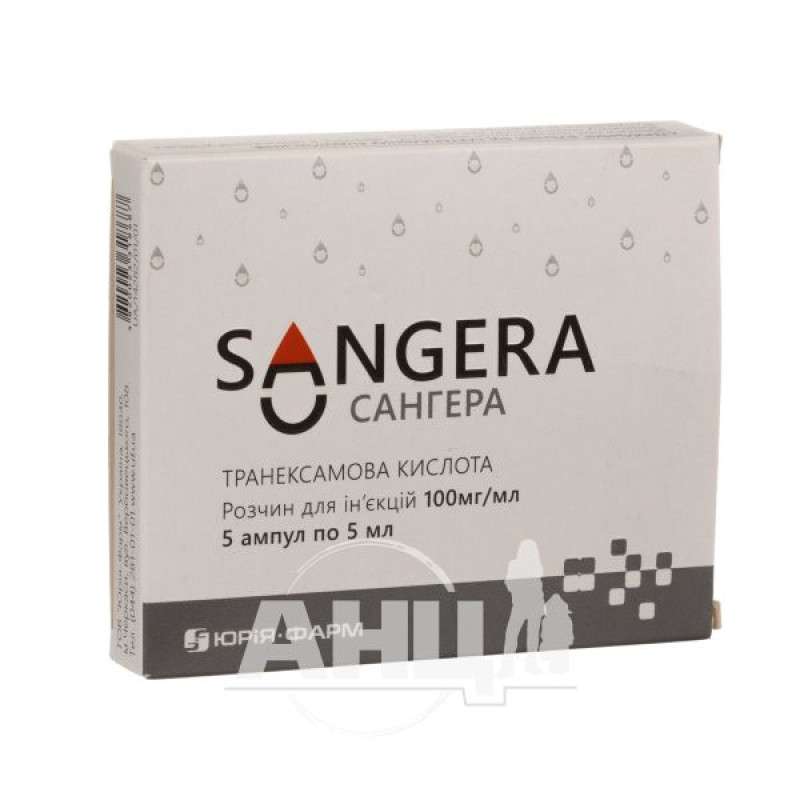
Instructions Sanger solution for injection 100 mg/ml ampoule 10 ml No. 5
Composition
active ingredient: tranexamic acid;
1 ml of solution contains tranexamic acid 100 mg;
excipient: water for injections.
Dosage form
Solution for injection.
Main physicochemical properties: clear, colorless or slightly yellowish liquid.
Pharmacotherapeutic group
Antihemorrhagic agents, antifibrinolytic amino acids. Fibrinolysis inhibitors. ATX code B02A A02.
Pharmacological properties
Pharmacodynamics
Tranexamic acid exerts its antihemorrhagic effect by inhibiting the fibrinolytic properties of plasmin. A complex is formed between tranexamic acid and plasminogen; tranexamic acid binds to plasminogen during conversion with the participation of plasmin. The effect of the complex of tranexamic acid and plasmin on fibrin activity is lower than the effect of plasmin alone. In vitro studies have shown that high doses of tranexamic acid reduced the activity of this complex.
Pediatric population: Children aged 1 year and over
The scientific literature describes 12 efficacy studies in pediatric cardiac surgery involving 1073 children; of these, 631 patients received tranexamic acid. The condition of most of them was evaluated in comparison with the placebo control group. The study population was heterogeneous in terms of age, type of surgery, dosage. The results of the study of the use of tranexamic acid indicate a decrease in blood loss and a decrease in the need for blood products in pediatric cardiac surgery when using artificial blood circulation (AC) (cardiopulmonary artificial blood circulation) during operations with a high risk of bleeding, especially in “cyanotic” (with significant circulatory disorders) patients or patients undergoing re-operation. It has been found that the most adapted dosage regimen may be as follows:
first administration (loading dose) – bolus infusion of 10 mg/kg, administered in the period after the initial anesthesia and before the skin incision; continuous administration by infusion of 10 mg/kg/h or injection into the adapter of the artificial blood circulation pump in a dose adjusted for the procedure of the indicated surgical intervention or in a dose calculated according to the body weight of the patients –
10 mg/kg, or injection into the pump adapter of the artificial circulation pump and a final injection of 10 mg/kg at the end of the surgical intervention using SC.
Some data suggest that continuous infusion is preferable as it will maintain therapeutic plasma concentrations throughout surgery. No specific dose-response or pharmacokinetic studies have been conducted in children.
Pharmacokinetics
Absorption: Peak plasma concentrations of tranexamic acid are reached rapidly after short-term intravenous infusion, after which plasma concentrations begin to decline multiexponentially.
Distribution: At therapeutic plasma levels, the plasma protein binding of tranexamic acid is approximately 3%; the binding is thought to be entirely due to binding to plasminogen. Tranexamic acid does not bind to serum albumin. The initial volume of distribution is approximately 9 to 12 liters.
Tranexamic acid crosses the placental barrier. After intravenous injection of 10 mg/kg in pregnant women, the serum concentration of tranexamic acid is in the range of 10–53 μg/ml, while the concentration in cord blood is in the range of 4–31 μg/ml. Tranexamic acid rapidly penetrates into the joint fluid and synovial tissues. After intravenous injection of 10 mg/kg in patients undergoing knee surgery, the concentration in the joint fluid was similar to that in the serum. The concentration of tranexamic acid in a number of other tissues and fluids correlates with that observed in the blood (in breast milk - one hundredth, in cerebrospinal fluid - one tenth, in aqueous humor - one tenth). Tranexamic acid has been found in semen, where it inhibits fibrinolytic activity but has little effect on sperm migration (motility).
Excretion. The drug is excreted mainly in the urine as unchanged compound. Urinary excretion via glomerular filtration is the main route of elimination. Renal clearance is almost equivalent to plasma clearance (110 to 116 ml/min). About 90% of tranexamic acid is excreted within the first 24 hours after intravenous administration of the drug at a dose of 10 mg/kg body weight. The half-life of tranexamic acid is about 3 hours.
Special patient groups: Plasma concentrations are increased in patients with renal insufficiency. No specific pharmacokinetic studies have been conducted in children.
Indication
Bleeding or risk of bleeding with increased fibrinolysis, both generalized and local, in adults and children aged 1 year and over.
Bleeding due to increased general or local fibrinolysis, such as: menorrhagia and metrorrhagia; gastrointestinal bleeding; hemorrhagic disorders of the urinary tract, arising in connection with surgery on the prostate gland or as a result of surgical interventions or procedures on the urinary tract. otolaryngological (adenoid removal, tonsillectomy) and dental (tooth extraction) surgical interventions; gynecological operations or complications in obstetric practice; thoracic, abdominal and other major surgical interventions, such as cardiovascular surgery; control of bleeding in connection with the administration of fibrinolytic medicinal products.
Contraindication
Hypersensitivity to the active substance or to any of the components of the drug. Color vision impairment. Acute venous or arterial thrombosis. Fibrinolytic conditions due to depletion coagulopathy, except for conditions with excessive activation of the fibrinolytic system in acute severe bleeding. Severe renal failure (there is a risk of drug accumulation). History of seizures. Subarachnoid hemorrhage. Intrathecal and intraventricular injection, intracerebral administration (risk of brain edema with subsequent development of seizures).
Interaction with other medicinal products and other types of interactions
Hypersensitivity to the active substance or to any of the excipients. Drug interaction studies have not been conducted. Concomitant administration of anticoagulants should be under the strict supervision of a physician experienced in this area of therapy. Drugs that affect hemostasis should be used with caution in patients treated with tranexamic acid. In such cases, there is a risk of thrombosis, for example, when estrogens are used. In addition, the antifibrinolytic effect of the drug may be antagonized by thrombolytics.
Application features
The following indications and method of application should be strictly adhered to:
Intravenous injections of tranexamic acid should be given very slowly (maximum 1 ml per minute); tranexamic acid should not be administered intramuscularly.
Convulsions: Convulsions have been reported in patients treated with tranexamic acid. In coronary artery bypass grafting (CABG) surgery, most of these cases were reported after high-dose intravenous tranexamic acid. When using the recommended low doses of tranexamic acid, the incidence of postoperative seizures was similar to that in patients not treated with the drug.
Visual impairment: attention should be paid to possible ophthalmological complications, including visual impairment, decreased visual acuity, and color vision impairment. In these cases, treatment should be discontinued. With continuous long-term use of tranexamic acid (injection), regular ophthalmological examinations should be prescribed (including testing of visual acuity, color vision, fundus, and visual field). In the presence and occurrence of pathological ophthalmological changes, associated in particular with retinal diseases, the doctor should decide on the need and possibility of long-term use of tranexamic acid (injection) in each individual case individually, after appropriate consultation with a specialist.
Hematuria: In the case of hematuria involving the upper urinary tract, there may be a risk of urethral obstruction.
Thromboembolic complications: Before prescribing tranexamic acid, risk factors for thromboembolic complications should be considered. In patients with a history of thromboembolic diseases and patients with a family history of thromboembolic complications (patients with high risk of thrombophilia), tranexamic acid (solution for injection) should be administered only in cases where there are direct vital indications, and treatment should be initiated after consultation with a specialist experienced in hemostasis and carried out under strict medical supervision.
Due to the increased risk of thrombosis, tranexamic acid should be administered with caution to patients receiving oral contraceptives.
Patients with DIC should not usually be treated with tranexamic acid. If tranexamic acid is required, it should be used only in the presence of predominant activation of the fibrinolytic system with acute severe bleeding. The haematological profile in these conditions is characterised by: decreased euglobulin clot lysis time; prolonged prothrombin time; decreased plasma levels of fibrinogen, factors V and VIII, plasminogen, fibrinolysin and alpha-2 macroglobulin; normal plasma levels of P and P-complex; i.e. factors II (prothrombin), VIII and X; increased plasma levels of fibrinogen breakdown products; normal platelet count. The above assumes that the various elements of this profile cannot change by themselves in the presence of an underlying disease state. In such acute cases, a single dose of 1 g of tranexamic acid is often sufficient to stop bleeding. The possibility of using tranexamic acid in a patient with DIC should be considered only when an appropriate hematological laboratory base and accumulated clinical experience are available.Ability to influence reaction speed when driving vehicles or other mechanisms
There are no studies assessing the effect on the ability to drive vehicles or other mechanisms.
Use during pregnancy or breastfeeding
Women of reproductive age should use effective contraception during treatment.
There are insufficient clinical data on the use of tranexamic acid in pregnant women. As a precautionary measure, the use of tranexamic acid is not recommended during the first trimester of pregnancy.
There are only limited clinical data on the use of tranexamic acid in various clinical hemorrhagic conditions during the second and third trimesters of pregnancy, from which it is impossible to identify a harmful effect on the fetus. Tranexamic acid should be used during pregnancy only if the expected therapeutic benefit justifies the potential risk.
Tranexamic acid passes into breast milk. Therefore, breastfeeding is not recommended.
There are no clinical data on the effect of tranexamic acid on fertility.
Method of administration and doses
Sangera should be administered intravenously (drip, jet).
Adults
For local fibrinolysis, it is recommended to use the drug starting with a dose of
500 mg to 1 g intravenously slowly (approximately 1 ml/min) 2–3 times daily.
In case of generalized fibrinolysis, tranexamic acid should be administered intravenously, slowly, at a dose of 1 g or 15 mg/kg of body weight every 6–8 hours, at a rate of 1 ml/min.
Dosage for patients with renal impairment
In case of renal insufficiency leading to a risk of accumulation, the use of tranexamic acid is contraindicated in patients with severe renal insufficiency. For patients with mild or moderate renal insufficiency, the dosage of tranexamic acid should be reduced according to the serum creatinine level:
Table 1
| Serum creatinine | Intravenous dose | Frequency of administration | |
| µmol/l | mg/10 ml | ||
| 120–249 | 1.35–2.82 | 10 mg/kg | Every 12 hours |
| 250–500 | 2.82–5.65 | 10 mg/kg | Every 24 hours |
| > 500 | > 5.65 | 5 mg/kg | Every 24 hours |
Dosage for patients with hepatic impairment
No dose adjustment is required for patients with impaired liver function.
Use in children
For children over 1 year of age, use as indicated (see section "Indications"), dosage - about 20 mg/kg/day. However, data on efficacy, safety, and dosage characteristics when used in children for these indications are limited.
The efficacy, dosage, and safety aspects of tranexamic acid in children undergoing heart surgery have not been fully studied.
Use in elderly patients
Usually, dose adjustment is not required in the absence of signs of renal insufficiency.
Method of application
The administration has a strictly limited regimen – slow intravenous administration (injection/infusion).
Sanger can be mixed with most infusion solutions, such as electrolyte solutions, carbohydrate solutions, amino acid solutions, and dextran solutions.
Children
The maximum single dose for children over 1 year of age is 10 mg/kg body weight. The maximum daily dose is 20 mg/kg body weight.
Overdose
No cases of overdose were observed.
Symptoms of overdose may include dizziness, headache, hypotension, and convulsions. Convulsions have also been shown to occur more frequently with increasing doses.
Treatment of overdose is symptomatic.
Adverse reactions
Adverse reactions are listed below, classified according to MedDRA system organ class (main organ class). Within each system organ class, adverse reactions are ranked by frequency. Within each frequency grouping, adverse reactions are presented in order of decreasing seriousness. The frequency has been defined as follows: very common (> 1/10); common (> 1/100 to < 1/10); uncommon (> 1/1000 to < 1/100); not known (cannot be estimated from the available data).
Table 2
MedDRA class (systems and organs) | Frequency | Undesirable effects |
| On the part of the immune system | Unknown | Hypersensitivity reactions, including anaphylactic-type reactions |
| From the nervous system | Unknown | Convulsions, particularly if used incorrectly |
| From the organs of vision | Unknown | Visual impairment, including color vision impairment |
| Cardiovascular disorders | Unknown | Malaise caused by hypotension, with or without loss of consciousness (usually after too rapid intravenous injection, as an exception - after oral administration). Arterial or venous thromboembolism of any location |
| From the digestive system | Often | Diarrhea, vomiting, nausea |
| Skin and subcutaneous tissue disorders | Infrequently | Allergic dermatitis |
Expiration date
2 years.
Storage conditions
Store at a temperature not exceeding 25 ° C. Store in the original packaging.
Keep out of reach of children.
Packaging
10 ml in glass ampoules, 5 ampoules in a contour blister pack, 1 contour blister pack together with instructions for medical use in a pack.
Vacation category
According to the recipe.
Producer
LLC "Yuria-Pharm".
Location of the manufacturer and its business address
Ukraine, 18030, Cherkasy region, Cherkasy city, Kobzarska st., 108.
There are no reviews for this product.
There are no reviews for this product, be the first to leave your review.
No questions about this product, be the first and ask your question.






